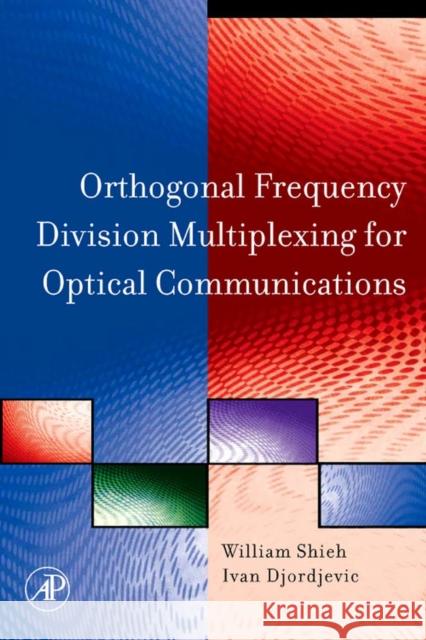OFDM for Optical Communications » książka
topmenu
OFDM for Optical Communications
ISBN-13: 9780123748799 / Angielski / Twarda / 2009 / 440 str.
- The first book on optical OFDM by the leading pioneers in the field
- The only book to cover error correction codes for optical OFDM
- Gives applications of OFDM to free-space communications, optical access networks, and metro and log haul transports show optical OFDM can be implemented
- Contains introductions to signal processing for optical engineers and optical communication fundamentals for wireless engineers
* The only book to cover error correction codes for optical OFDM
* Applications of OFDM to free-space communications, optical access networks, and metro and log haul transports show optical OFDM can be implemented
* An introduction to signal processing for optical communications
* An introduction to optical communication fundamentals for the wireless engineer











